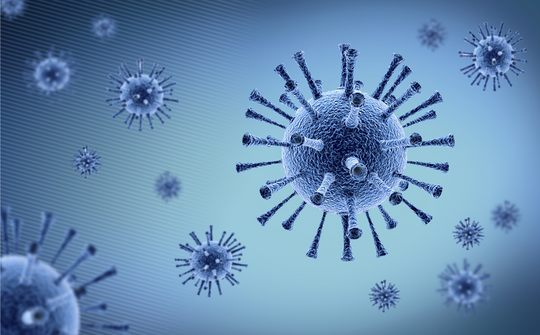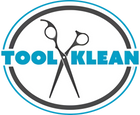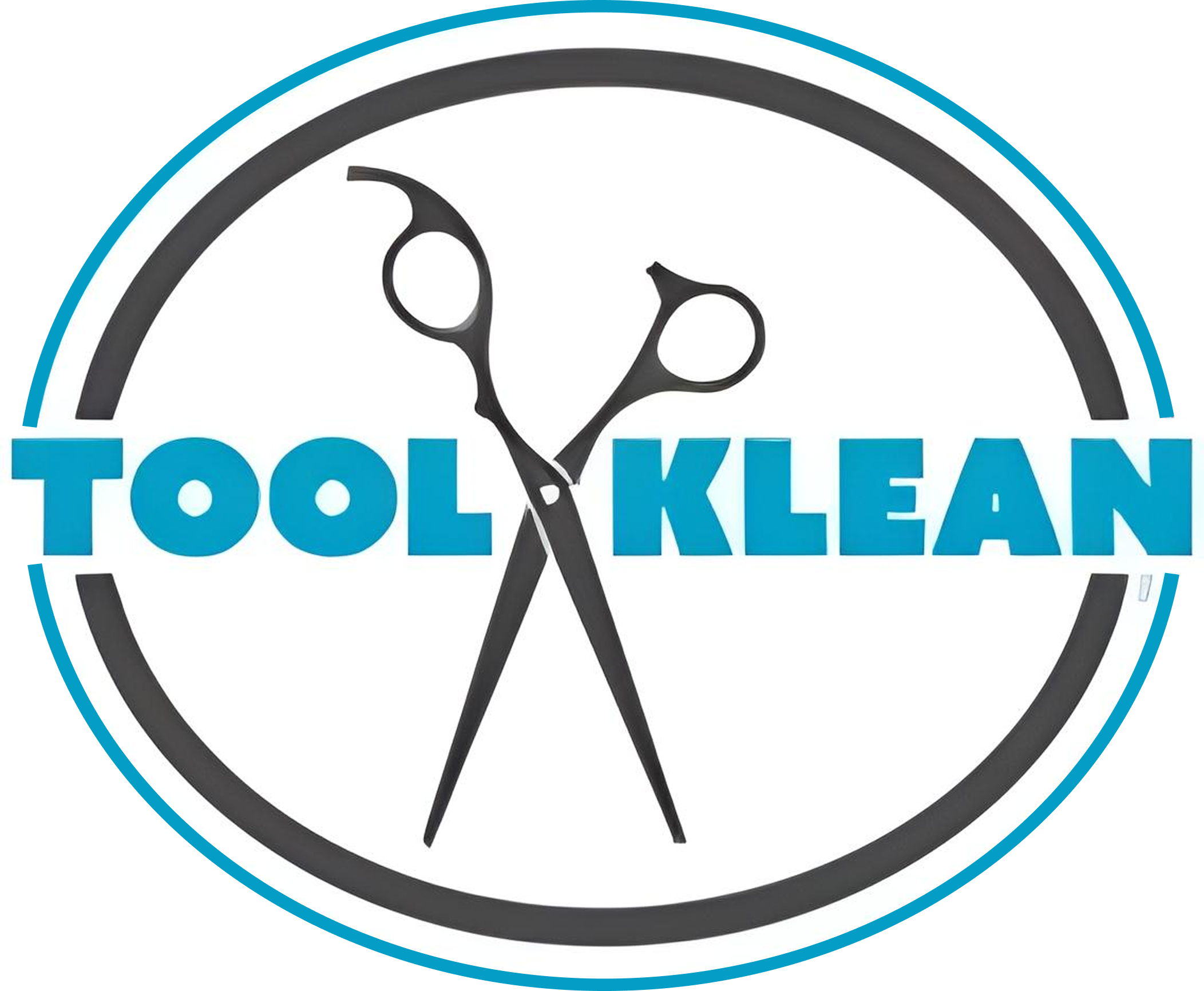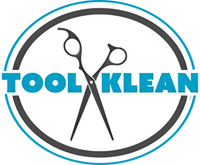The Role of UVC in Reducing the Spread of Infectious Diseases

In recent years, the need to reduce the transmission of infectious diseases has become more pressing than ever. From seasonal flu outbreaks to the global COVID-19 pandemic, the health and safety of communities worldwide have hinged on finding effective ways to minimize the spread of harmful pathogens. One promising tool in this fight is ultraviolet (UVC) light, a powerful form of light known for its germicidal properties. But how exactly does UVC work to combat infections, and how can it be utilized to reduce the spread of diseases?
What is UVC Light?
Ultraviolet (UV) light is part of the electromagnetic spectrum, just beyond the visible light range, with wavelengths shorter than visible light but longer than X-rays. UV light is divided into three types based on its wavelength:
- UVA (315–400 nm): The least harmful, it reaches the Earth's surface and is associated with skin aging.
- UVB (280–315 nm): Causes sunburns and can damage DNA in skin cells.
- UVC (100–280 nm): The most dangerous form of UV radiation, but it is absorbed by the Earth’s atmosphere, so it does not naturally reach the surface.
UVC light, with its germicidal ability, has been used for decades in sterilization and disinfection processes. It works by damaging the DNA or RNA of microorganisms like bacteria, viruses, and fungi, preventing them from reproducing and effectively neutralizing them.
How UVC Inactivates Pathogens
UVC light is lethal to microorganisms because it can penetrate the cell walls of bacteria and viruses. Upon absorption of UVC radiation, the DNA or RNA of these pathogens forms pyrimidine dimers—essentially causing the genetic material to become distorted and unreadable. Without the ability to replicate or perform vital functions, these pathogens are rendered harmless.
UVC sanitizers, including the whole room sanitizers sold by Tool Klean, have been shown to be effective against a wide range of pathogens, including:
- Bacteria: Common bacteria like Escherichia coli (E. coli), Salmonella, and Staphylococcus aureus can be inactivated by UVC exposure.
- Viruses: UVC light can also damage viruses, including coronaviruses (like SARS-CoV-2), the influenza virus, and the common cold virus.
- Fungi and Mold: Many types of fungi and mold spores can be neutralized using UVC technology.
For this reason, UVC light has become a critical tool in disinfecting surfaces and air in public spaces, healthcare facilities, and even in personal environments like homes and offices.
UVC Applications in Disease Control
The potential for UVC to reduce the spread of infectious diseases is vast, and it has already been applied in a variety of settings:
1. Hospitals and Healthcare Settings
Hospitals, where the risk of hospital-acquired infections (HAIs) is high, have been using UVC for years as a reliable disinfecting method. UVC light can be used to sanitize air, surfaces, and even medical equipment between uses. UVC sterilization systems are often found in operating rooms, emergency departments, and intensive care units to prevent the spread of dangerous infections like MRSA, Clostridium difficile (C. diff), and other antibiotic-resistant bacteria.
2. Air Purifiers and HVAC Systems
In the context of airborne infectious diseases, UVC technology has made its way into air purification systems. UVC lamps are incorporated into HVAC (heating, ventilation, and air conditioning) systems to continuously sterilize the air circulating through buildings, reducing the risk of airborne viruses and bacteria. These systems are especially useful in places like schools, offices, and public transport, where large numbers of people are in close proximity.
3. Public Spaces
UVC light can also be used to disinfect high-touch surfaces in public spaces, such as airports, train stations, schools, and shopping centers. Touchless UVC sanitizing devices, like handheld wands or automated robots, are increasingly being deployed to disinfect tables, doorknobs, handrails, and even elevator buttons. These systems are designed to provide rapid sterilization, which is crucial in high-traffic areas.
4. Portable UVC Devices
Portable UVC sanitizers for personal use, such as phone sanitizers, have become popular in the wake of the pandemic. These devices allow individuals to disinfect their personal items—such as smartphones, keys, and wallets—on the go, helping reduce the likelihood of cross-contamination from surfaces.
5. Water Purification
UVC light has long been used to treat water and eliminate pathogens. In regions with limited access to clean drinking water, UVC water purifiers are often used in filtration systems to eliminate harmful microorganisms. This ensures the safety of water supplies, especially in public health crises where waterborne diseases are a significant concern.
Benefits of UVC for Disease Control
The use of UVC for controlling the spread of infectious diseases offers several benefits:
- Efficiency: UVC light can disinfect surfaces and air in a short period, making it a fast and effective method for reducing pathogens.
- Chemical-Free: Unlike traditional disinfectants that use harsh chemicals, UVC light is an environmentally friendly and chemical-free disinfection solution.
- Broad Spectrum: UVC is effective against a wide range of microorganisms, including those that are resistant to antibiotics or other treatments.
- Automation: Many UVC systems are automated, requiring minimal human intervention, which is beneficial for reducing the risk of human error or exposure.
Limitations and Considerations
While UVC light has significant potential, it is not without limitations. UVC radiation can be harmful to human skin and eyes, so safety protocols are essential when using UVC systems. Direct exposure to UVC should be avoided, and equipment must be carefully designed to ensure safe operation. Additionally, UVC is most effective when pathogens are directly exposed to the light, so it may not work as well in situations where light cannot reach all surfaces.
Moreover, UVC light can degrade materials over time, especially plastics and rubbers, which means care must be taken when using UVC systems around sensitive materials.
The Future of UVC in Disease Prevention
As the world continues to grapple with new and emerging infectious diseases, UVC technology is likely to play a pivotal role in reducing transmission. Advances in UVC technology, such as the development of safer, more efficient systems, will only increase its utility in disease prevention.
UVC could become a standard part of infection control protocols in many sectors, including healthcare, transportation, hospitality, and education. Additionally, researchers are continuously exploring new applications for UVC, from robotics for disinfection to integration with artificial intelligence for enhanced control.
Conclusion
UVC light represents a powerful tool in the ongoing effort to reduce the spread of infectious diseases. By leveraging its ability to neutralize harmful pathogens, UVC technology can complement other hygiene measures like hand washing and vaccination in preventing outbreaks. As more people become aware of its benefits, we are likely to see an increase in its use across various industries, ultimately creating safer environments for everyone. However, it is essential to remember that UVC should be used responsibly, with proper safety measures in place to protect human health while harnessing its disease-fighting capabilities.
As we continue to navigate an increasingly complex health landscape, the role of UVC in reducing the spread of infectious diseases has never been more important.
Sources:
https://bli.uci.edu/does-uv-light-actually-disinfect-and-kill-viruses/
https://presencenews.org/uv-light-health-benefits-tool-klean/




Leave a comment